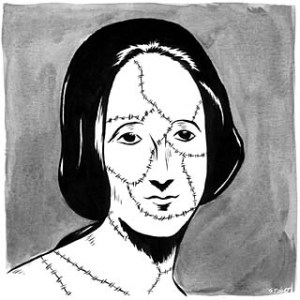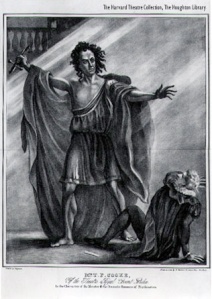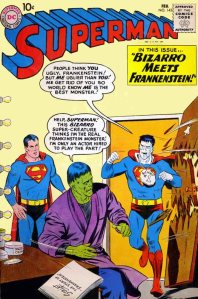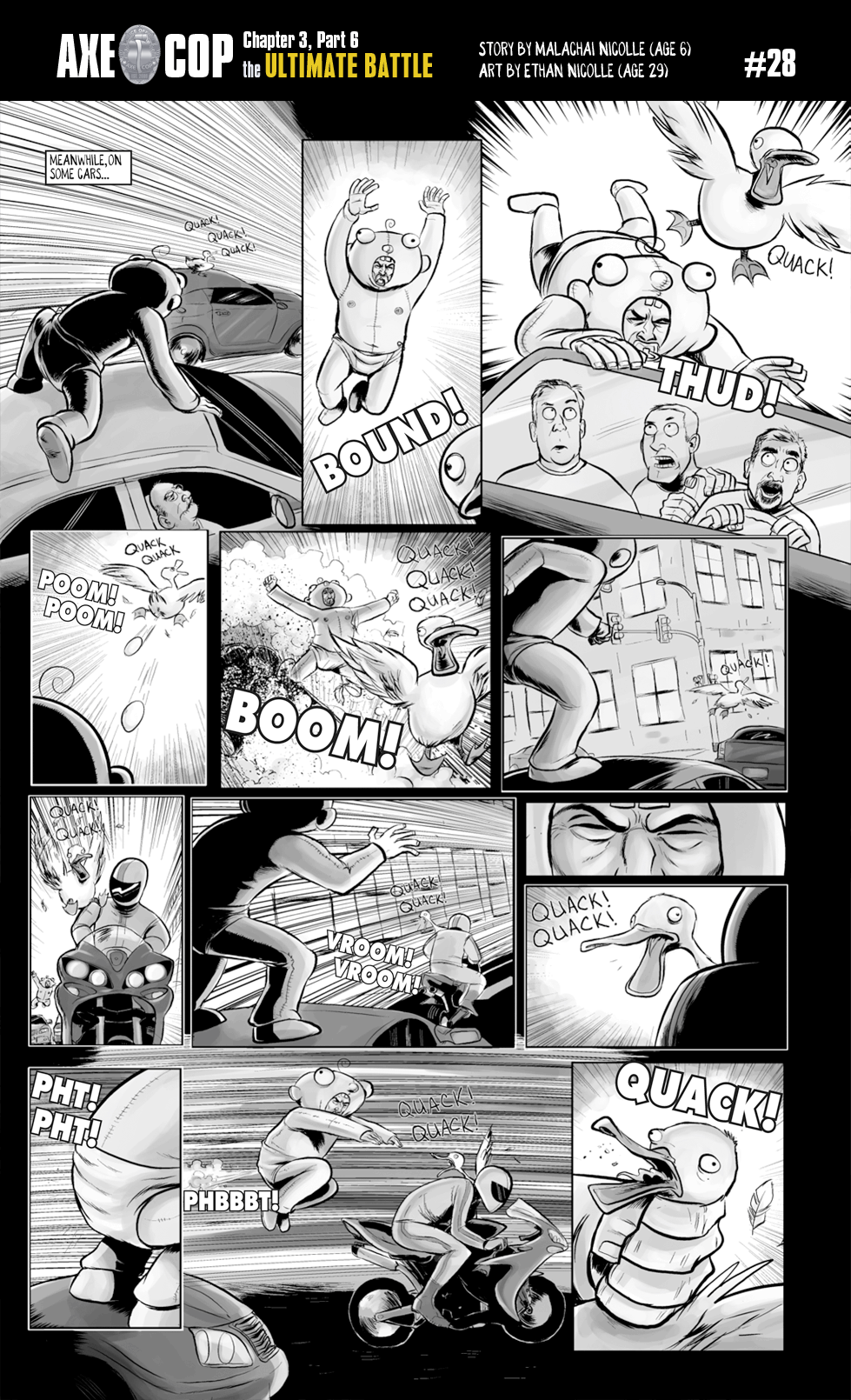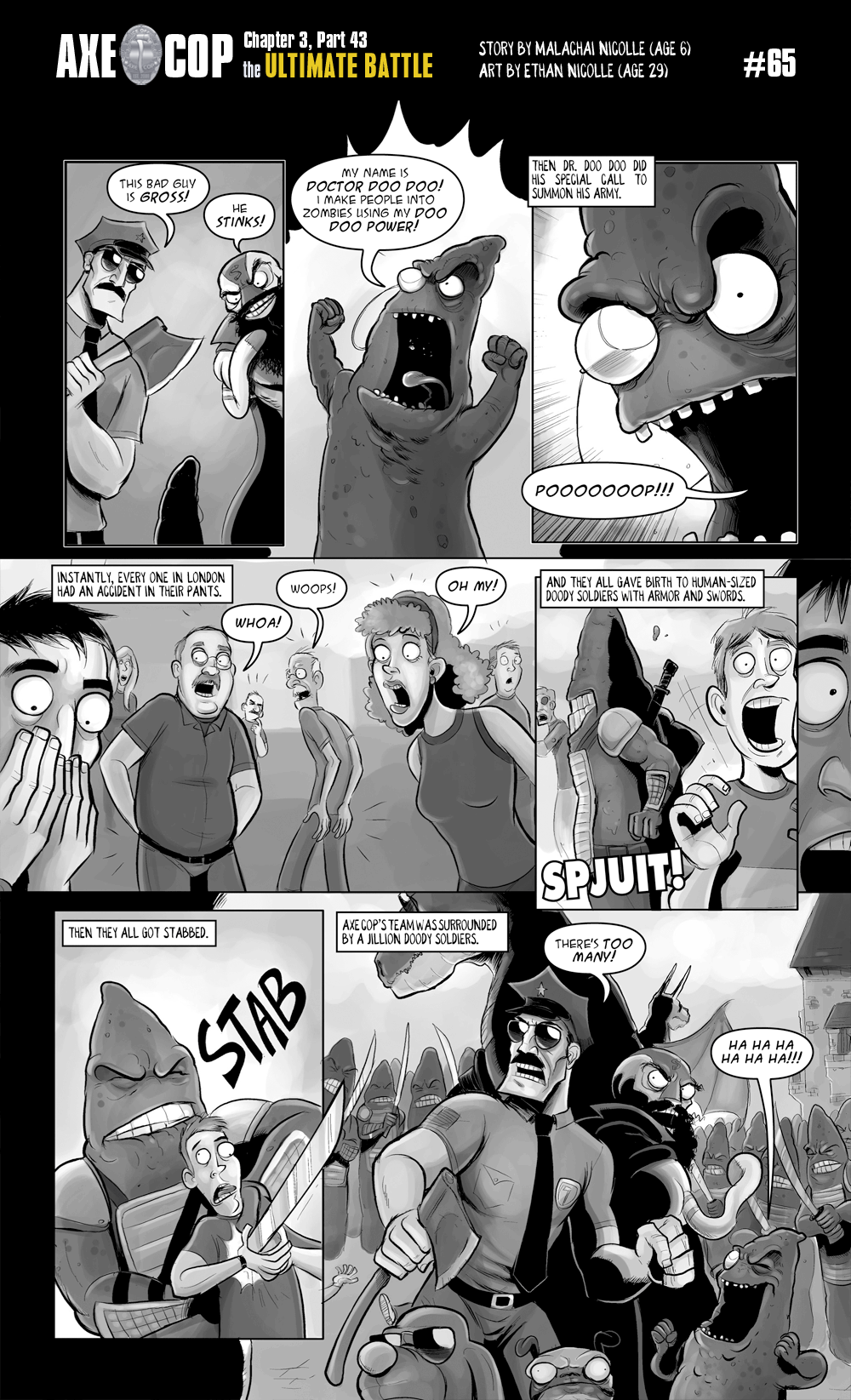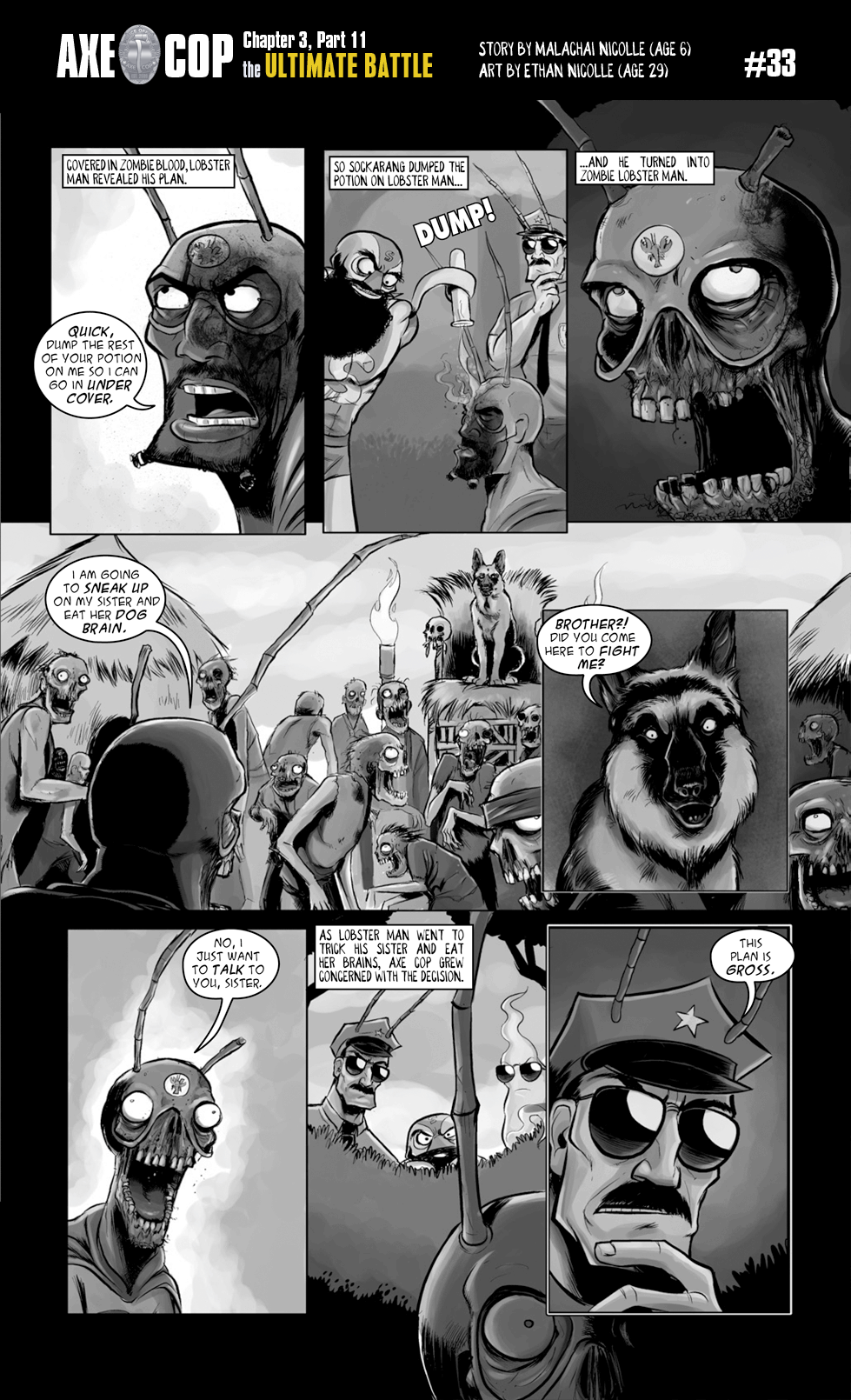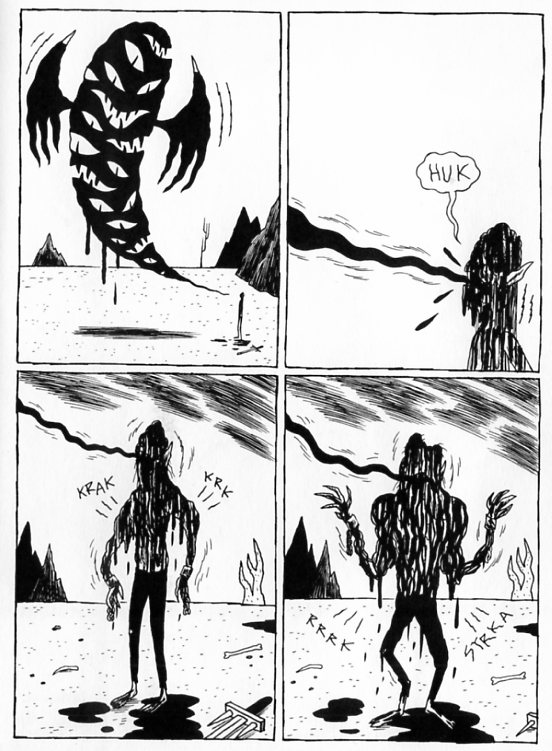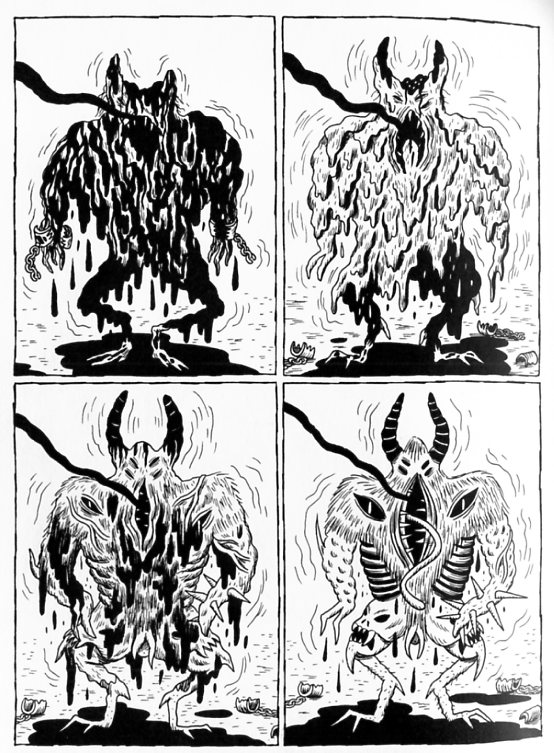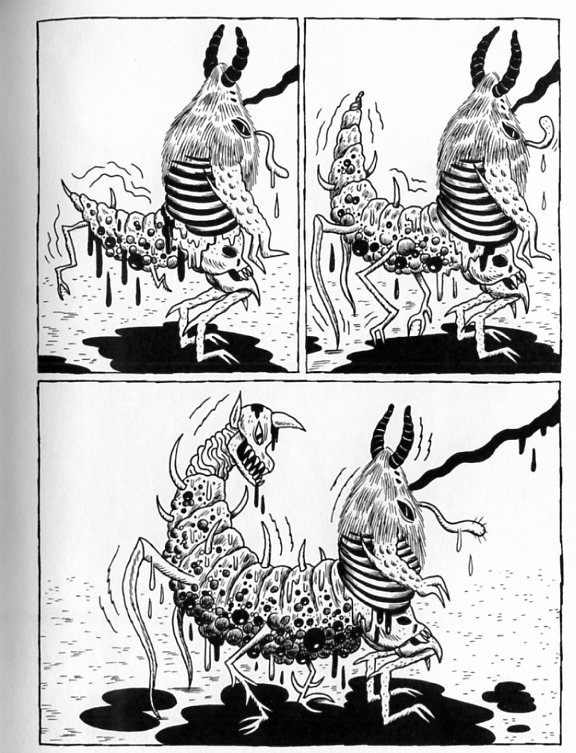I arrived last weekend in Bath, England, where I am teaching “Writing Bath: Historical, Contemporary, Speculative Fiction,” a creative writing course focused on the multi-genre possibilities of place. Thank you, Advanced Studies in England, for flying me over and lodging me in a 19th century house two blocks from the wonderfully creepy Bath Abbey (the stone angels scaling its sides belong in a Doctor Who episode).
Bath’s most beloved author is Jane Austen, but Mary Shelley ought to be a strong second. She finished Frankenstein while lodging across the courtyard from that same Abbey. Austen’s house is a few blocks north, but she moved out well before the scandal-laden Shelleys moved in. Yet there’s no Mary Shelley tour stop, no building plague–only in part because the building is gone, absorbed into the expanding Pump Room of the Roman Baths. The ASE director seemed a little chagrined, but added, “It’s not really a Frankenstein town though is it?”
My class is tracing both Jane’s and Mary’s literal and literary footsteps. The oddball pairing is especially fun for a superhero buff, since the superhero is its own sutured corpse of a genre. Austen was sketching a version of hypochondriac Clark Kent (more on that next week) while Shelley was penning literature’s first monstrous ubermensch. It would take later writers to weld the opposing impulses, love and horror, into a single cape-flapping creature, but Bath provided the embryonic fluid.
As any self-respecting goth can tell you, the nineteen-year-old Miss Godwin (she and the still inconveniently married Percy Shelley had been an item for a couple of years already) stayed the summer of 1816 at Lord Byron’s Swiss lair. This was The Summer That Never Was, the summer England and New England weathered historic snow and a veil of sulfuric fog from Mount Tombora in Indonesia the year before. In Switzerland, they were telling ghost stories, among other activities.
John Polidori, Byron’s much maligned traveling companion/physician, was the first of the class to publish his ghostly tale. He also gets credit for the first dual identity supervillain, the Byron-inspired aristocrat-vampire, Lord Ruthven. Vampyre: A Tale was a hit in English bookstores, and not just because everyone thought Byron wrote it. Byron, having suffered a bout of creative impotence that summer, put out Manfred instead. His Faustian super-wizard is neither exotically foreign nor ancient, so a prototype for later Doctors Fate and Strange—only with an autobiographical hankering for his sister, the reason Byron fled to the Alps in the first place. Both Tchaikovsky and Schumann wrote music for the three act poem, as did schoolboy Friedrich Nietzsche, who called the renegade sorcerer übermenschlich (supermanlike).
I don’t know if Nietzsche read Frankenstein too, but he should have, since Mary Shelley is first novelist to depict a race of eugenically superior supermen he calls for in Thus Spoke Zarathustra. The name of her Faustian mad scientist usually conjuror images a flat-headed Boris Karloff with those c. 1931 electric bolts bulging from his neck. Movie buffs might tack on a corpse-sutured Christopher Lee or, more regrettably, Robert De Niro, but the Shelley original sports no stitches or jigsawed body parts. The guy is a god. Early stage productions draped him in Greek togas, his dark locks aswirl. Sure, his skin is transparent yellow and his face is a fit of twitching muscles, but his “limbs were in proportion” (a big turn-on for early 19th century readers) and the doctor “had selected his features as beautiful.”
Shelley doesn’t call him a superman because the word wasn’t in circulation yet. Nietzsche borrowed “unbermenschen” from Goethe, who’d coined it for the mad alchemist hero of his own verse play Faust a few years earlier. English translators went with “superhuman” or “demigod,” until George Bernard Shaw gave us the name destined for a cape and tights—though he had Faust’s alter ego, Don Juan, in mind.
After returning to England, Percy’s destitute wife Harriet found herself conveniently drowned in London’s Hyde Park, allowing her adulterous husband to marry his teen mistress around the time he impregnated her again. (Presumably the six-month-old William was present for but not an active participant in the Swiss storytelling adventure.) Jane Austen started work on her last novel the same winter, before stopping in March due to an illness that confined her to bed the following month. Mrs. Shelley finished gestating her first novel in May. Austen died in July at the age of forty-one. Clara Shelley was born in September, six months before Frankenstein was delivered to bookstores. It was a hit, and not just because everyone thought Percy wrote it.
Percy, like Byron, didn’t conceive much during the Summer That Wasn’t. His “Ozymandias” (yes, an Alan Moore influence) appeared between Clara and Frankenstein, but he eventually one-ups Byron with his four act poem Prometheus Unbound. I’m waiting to see what my students will add to that speculative canon. Mary began her novel in June too, not quite two hundred years ago, but close enough.

